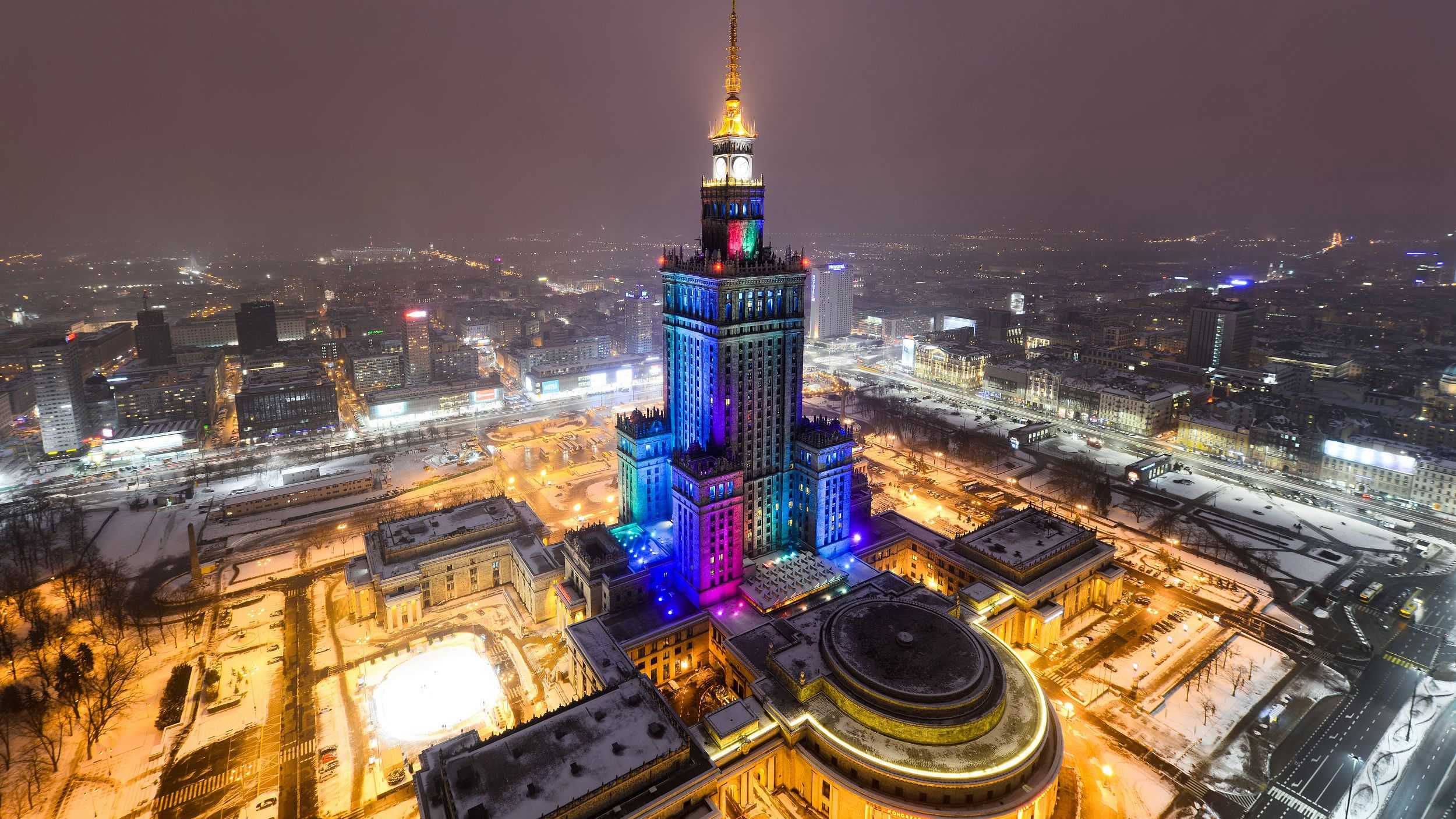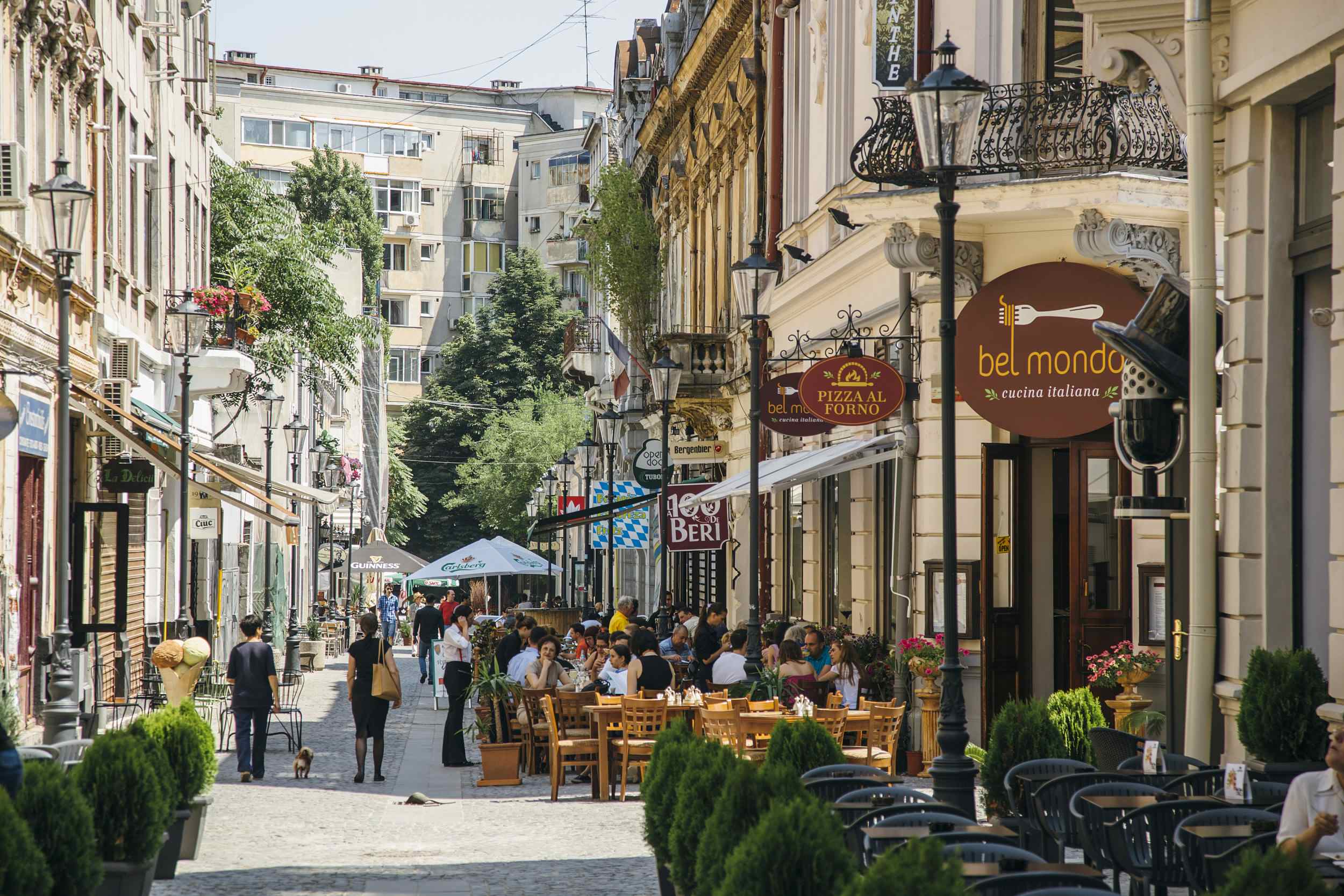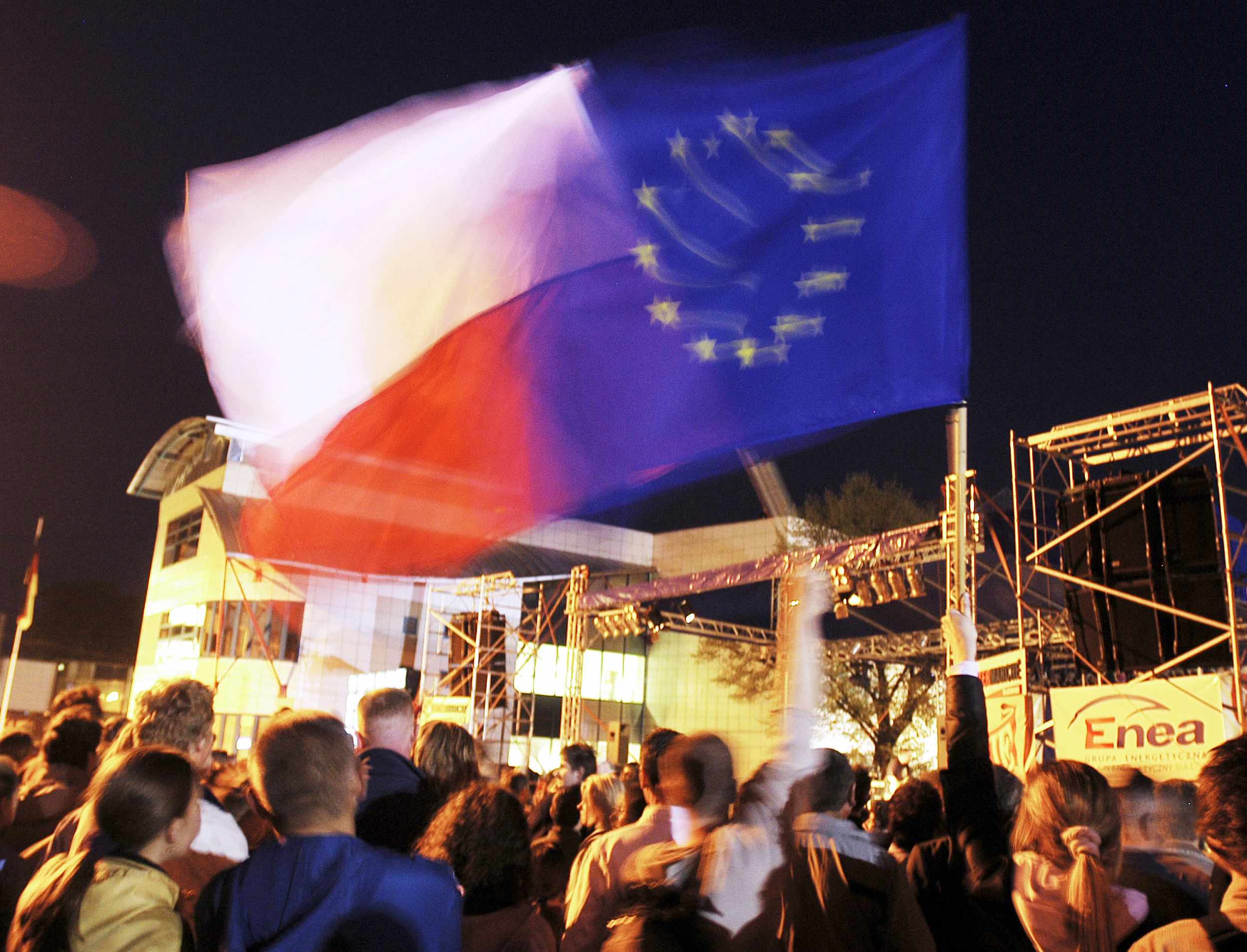
Business
19:07, 20-Nov-2017
Romania leads CEE economic growth - but will it last?
CGTN's Nicholas Moore

Romania’s economy is leading a pack of Central and Eastern European countries (CEE) amid an upsurge in private consumption, employment and salaries. Against the backdrop of a wider European economic recovery and closer ties with China, what’s behind the rapid growth and is there any risk of overheating?
On November 14, Romania posted year-on-year growth of 8.8 percent in the third quarter, far exceeding economic estimates as it became Europe’s fastest growing economy. Nearby, the Czech Republic saw strong Q3 growth of 5.0 percent, and Poland hit an impressive 4.7 percent increase.
What’s behind the uptick in growth?
For Romania, the Financial Times says that increased public sector salaries and government spending on pensions has seen a boom in private consumption, while tax cuts and record-low interest rates are fuelling wider spending in the economy.
International investment is also increasing, with the Romanian tech sector set to double in size by 2025, according to The Guardian. However, the rapid growth is concerning officials and economists in Bucharest, with growing pressure for tighter fiscal policy.

Bucharest's lively cafe culture: A sign of growing wages and consumer confidence? /VCG Photo
Bucharest's lively cafe culture: A sign of growing wages and consumer confidence? /VCG Photo
The Czech Republic and Poland, meanwhile, are seeing more balanced and sustainable levels of growth, thanks to their roles as prominent manufacturing hubs. According to Eurostat, manufacturing represented 40.1 percent of the Czech economy as of May this year, the highest share of any country in the EU.
Poland has maintained average growth of around four percent per year since 1991, and economic and political stability since then have seen its economy rise to 24th in the world. 33 percent of Polish GDP growth comes from manufacturing exports, according to the New York Times.
What does this mean for Chinese CEE investments?
Following visits in 2016 by President Xi Jinping to the Czech Republic and Poland, the region is set to play a major role in the Belt and Road Initiative.
While all three countries have impressive records on manufacturing, poor infrastructure has made it difficult for Bucharest, Prague and Warsaw to go further with their exports. This has opened the door for Chinese investment in areas such as energy, rail and construction, which has in turn further boosted employment.
Poland
In Poland, China Daily reports that Chinese investment has led to the creation of 15,000 jobs. Significant amounts of money are going into energy projects and rail infrastructure, with cities like Lodz set to act as the Belt and Road’s “gateway to Europe.”
Czech Republic
Chinese companies have invested in various sectors of the Czech economy, including finance, manufacturing and tourism. CEFC – a Fortune Global 500 company – has led the way, pumping in more than 2.1 billion US dollars into Czech companies, and creating 5,000 jobs, according to China Daily.
The addition of new flight routes between China and Prague means that the number of Chinese visitors to the country has grown from 50,000 to 500,000 since 2012.
Romania
Romania, compared with Poland and the Czech Republic, has been slower to the party when it comes to courting Chinese investment. CEFC was planning to buy a majority stake in oil company Rompetrol – heralded as the country’s biggest deal of 2016 – before an investigation into the Romanian enterprise’s parent group KMGI dating back 13 years put the acquisition on ice.

Consumption may be on the rise in Bucharest, but is it just a short-term boom for Romania? /VCG Photo
Consumption may be on the rise in Bucharest, but is it just a short-term boom for Romania? /VCG Photo
However, earlier this month Romanian Foreign Minister Teodor Melescanu said the country was interested in boosting ties with China, particularly on energy and infrastructure.
Is the expansion sustainable?
As far as Romania is concerned, no. The chairman of the country’s fiscal council, Ionut Dumitru, told the Financial Times “Romania is not China. We are seeing excess demand and it’s a very clear sign of overheating.”
Interest rates are likely to go up in January 2018, with inflation hitting 2.6 percent in October. The European Commission still forecasts a slowdown in growth for the EU’s second poorest country next year, predicting that GDP growth will fall to 4.4 percent.
While the country has one of the fastest broadband networks in Europe, other infrastructure is still in poor condition, with public investment from the state decreasing by 35 percent year-on-year in the first seven months of this year, to make up for tax cuts and salary increases.
Poland and the Czech Republic have a more stable outlook, and Chinese investment in energy and other infrastructure projects in both countries will provide better long-term prospects.
Poland is the biggest recipient of EU funding, after being allotted 86 billion euros (96.5 billion US dollars) over 2014-20. However, Warsaw’s nationalist government has clashed horns with Brussels in recent years, and there are concerns that that could affect the next seven-year round of funding from 2021.

EU-Poland ties have grown strained in recent years, after Warsaw joined the bloc in 2004. /VCG Photo
EU-Poland ties have grown strained in recent years, after Warsaw joined the bloc in 2004. /VCG Photo
The Czech Republic voted in anti-establishment billionaire businessman Andrej Babis as prime minister in October, again sparking concerns that Prague would turn away from Brussels. Failure to form a majority government more than a month on from the elections and any resulting instability could again affect the next round of EU funding in the country.

After winning October's election, Andrej Babis is still struggling to form a majority government in the Czech Republic. /VCG Photo
After winning October's election, Andrej Babis is still struggling to form a majority government in the Czech Republic. /VCG Photo
With their economies focused on manufacturing, all three countries remain reliant on exports, and therefore on external demand. Moving towards greater domestic consumption, developing hi-tech industries and investing in long-term infrastructure projects will help the CEE region achieve more sustainable growth, as well as boosting the European Union and in turn the Belt and Road Initiative.

SITEMAP
Copyright © 2018 CGTN. Beijing ICP prepared NO.16065310-3
Copyright © 2018 CGTN. Beijing ICP prepared NO.16065310-3